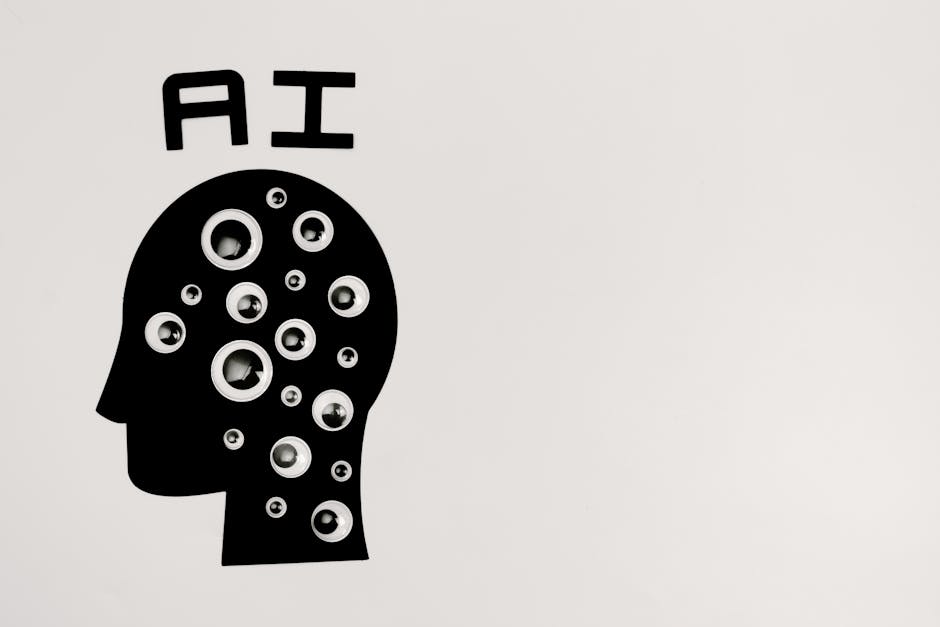Systematic Bugs Plague Embodied AI Robots in 2025: A Growing Concern
Embodied artificial intelligence (AI) robots, once heralded as the future of automation and human-robot interaction, are facing significant setbacks in 2025 due to a surge in reported systematic bugs. A recent in-depth analysis by Quantum Zeitgeist highlights widespread issues impacting functionality, safety, and reliability, raising concerns about the deployment and future development of this rapidly evolving technology. The findings underscore the need for enhanced testing protocols and more robust software development practices within the industry.
Prevalence and Nature of Bugs
The Quantum Zeitgeist analysis reveals a startling increase in reported bugs in embodied AI robots throughout 2025. These range from minor glitches in sensor calibration to major malfunctions resulting in unpredictable behavior and potential safety hazards. The study examined data from a cross-section of manufacturers and deployment environments, revealing a troubling trend across the industry. While specific bug details remain largely confidential due to proprietary concerns, the overall impact on functionality and reliability is clear.
Sensor Integration and Calibration Errors
A significant portion of the identified bugs centers around sensor integration and calibration. Inaccurate readings from cameras, lidar, and other sensors frequently lead to navigation errors and flawed object recognition. This affects not only the robot’s ability to perform its intended tasks, but also its capacity to safely navigate complex environments. The lack of standardized calibration processes across different manufacturers is identified as a major contributing factor.
Unexpected Software Interactions
Many of the reported failures stem from unexpected interactions between various software components within the robot’s control system. These software issues, sometimes involving third-party libraries or custom-built algorithms, cause unpredictable behavior, ranging from minor performance hiccups to complete system shutdowns. The complexity of modern robotic systems makes thorough testing and debugging an immense challenge.
Ethical and Safety Implications
The prevalence of these bugs extends beyond mere functionality; they present significant ethical and safety concerns. Malfunctions in robots operating in public spaces or in human-intensive environments could result in accidents or injuries. The unpredictable nature of these failures makes risk assessment and mitigation extremely challenging, hindering broader adoption of the technology. Robust safeguards and fail-safe mechanisms are urgently needed.
Impact on Market Adoption and Investment
The widespread reports of systematic bugs have already impacted market adoption and investment in embodied AI robotics. Investors are exhibiting caution, and some projects have been delayed or scaled back due to concerns about reliability and safety. This hesitancy could significantly slow the overall growth of the industry, delaying the realization of many anticipated applications. The need for demonstrably robust systems is paramount for regaining investor confidence.
Slowed Deployment in Key Sectors
The reliability issues are significantly impacting deployment in key sectors such as logistics, healthcare, and manufacturing. Businesses are hesitant to fully integrate these robots into their operations until the bug problem is addressed. This delay not only impedes productivity gains but also creates a potential competitive disadvantage for businesses that are lagging behind in adopting automated technologies.
Industry Response and Future Mitigation Strategies
Several leading robotics companies have acknowledged the issues and initiated efforts to improve their testing and development processes. These efforts include increased investment in software testing, the development of more robust software architectures, and the exploration of more rigorous certification standards. However, a collaborative industry-wide effort is needed to achieve substantial progress. Several regulatory bodies are already beginning to examine the issues.
Need for Standardized Testing Protocols
The lack of standardized testing protocols across the industry is a major obstacle to improving the reliability of embodied AI robots. The creation of a common framework for testing and certification would enable manufacturers to benchmark their products and consumers to make more informed purchasing decisions. This would enhance transparency and trust in the technology.
Increased Emphasis on AI Safety Research
The challenges presented by the high incidence of bugs highlight the urgent need for increased investment in AI safety research. This research should focus on developing more robust and resilient software systems, as well as ethical guidelines for the design and deployment of embodied AI robots. The long-term goal is systems with built-in safeguards against unintended behavior.
Broader Implications and Future Outlook
The issues surrounding bugs in embodied AI robots go far beyond a simple technical problem. They raise fundamental questions about the maturity of the technology, the effectiveness of current development practices, and the broader societal implications of deploying increasingly autonomous systems. Addressing these concerns requires a multi-faceted approach involving engineers, policymakers, and ethicists.
Key Takeaways from 2025 Analysis:
- A significant increase in reported bugs across various embodied AI robots.
- Issues primarily stem from sensor integration, software interactions, and lack of robust testing.
- Safety and ethical concerns significantly impact market adoption and investment.
- Industry-wide collaboration needed for standardized testing and improved safety protocols.
- Increased investment in AI safety research crucial for long-term development.
Addressing these challenges is critical not only for the success of the embodied AI industry but also for its safe and ethical integration into society. The potential benefits of this technology are immense, but realizing that potential requires a focus on reliability, safety, and transparency.
Conclusion: A Path Forward
The prevalence of systematic bugs in embodied AI robots in 2025 presents a serious challenge to the industry’s continued growth and acceptance. However, it also provides a critical opportunity for reflection and improvement. By focusing on rigorous testing, standardized protocols, and increased investment in AI safety research, the industry can overcome these challenges and build a future where reliable and safe embodied AI robots play a positive role in society. The current issues are a setback, but not necessarily a fatal blow, if decisive action is taken.

